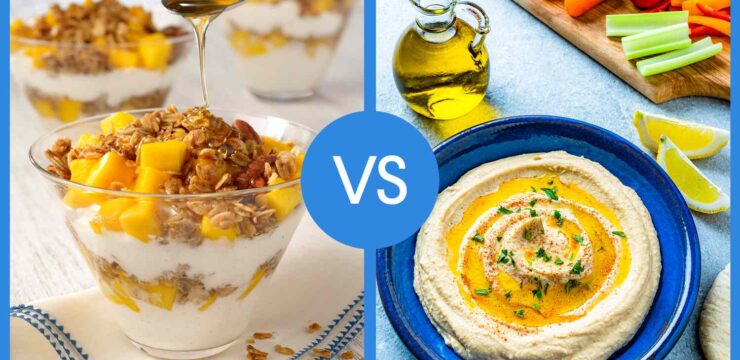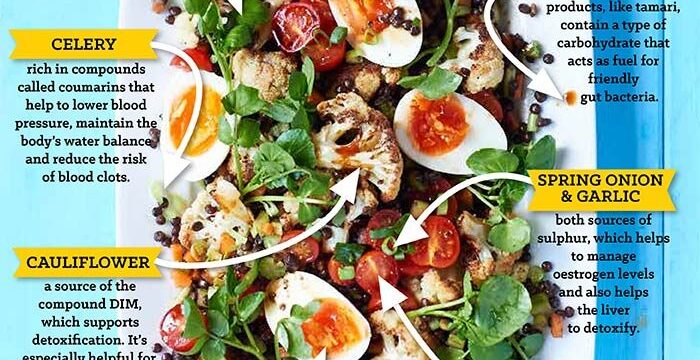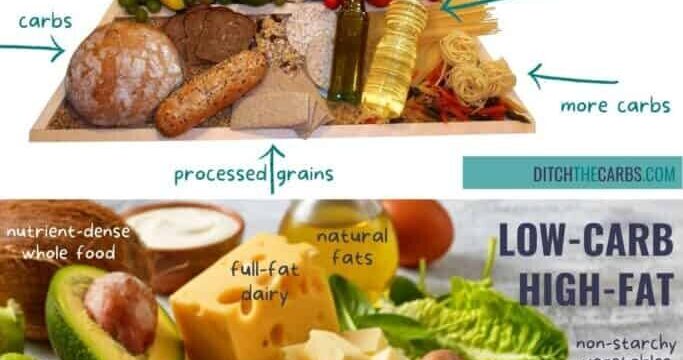When it comes to managing weight, two common eating approaches often come up: sugar-free and low-carb.
While they may sound similar, they focus on different aspects of nutrition.
Understanding the difference can help you make smarter food choices that fit your lifestyle.
What Does “Sugar-Free” Mean?
- Definition: Foods labeled “sugar-free” usually contain less than 0.5 grams of sugar per serving.
- Examples: Diet sodas, sugar-free gum, unsweetened yogurt, and snacks made with sugar substitutes.
- Potential Benefits: Helps reduce added sugar intake, which may lower calorie consumption and prevent energy spikes and crashes.
⚠️ Things to Watch: Some sugar-free products use artificial sweeteners. While generally considered safe, they may not provide the same nutrients as naturally sweet foods like fruit.
What Does “Low-Carb” Mean?
- Definition: Foods that are naturally low in carbohydrates or part of a reduced-carb eating plan.
- Examples: Eggs, lean meats, fish, leafy greens, nuts, and seeds.
- Potential Benefits: High-protein and high-fiber low-carb foods may help you feel fuller for longer, making it easier to manage overall calorie intake.
⚠️ Things to Watch: Extremely restrictive carb cutting isn’t always sustainable long-term and can limit healthy carb sources like whole grains and certain fruits.
Sugar-Free vs. Low-Carb: Which Is Better for Fat Loss?
There isn’t a one-size-fits-all answer. Both approaches can support weight management if done wisely:
- Sugar-free diets work best for people trying to cut down on sweetened beverages, desserts, and snacks.
- Low-carb diets may suit those who enjoy higher-protein, savory meals and want to limit refined carbs like white bread or pastries.
In reality, the most effective approach combines elements of both:
- Focus on whole foods like vegetables, fruits, lean proteins, and whole grains.
- Limit added sugars and refined carbs.
- Choose nutrient-dense foods that provide lasting energy.
Final Takeaway
Both sugar-free and low-carb foods can play a role in fat loss, but neither is a magic solution. The key is finding an approach that feels sustainable, balanced, and enjoyable for your lifestyle. By focusing on whole, minimally processed foods and practicing portion control, you’ll set yourself up for long-term success.






